
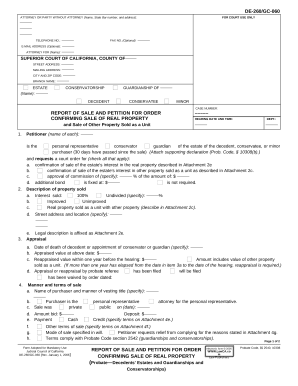
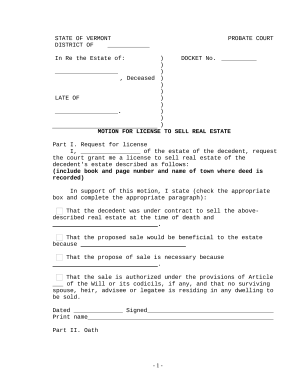
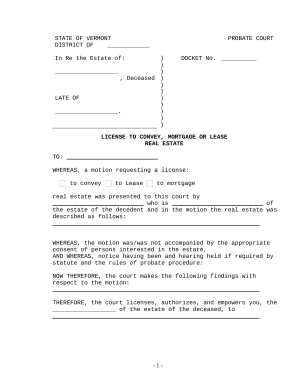
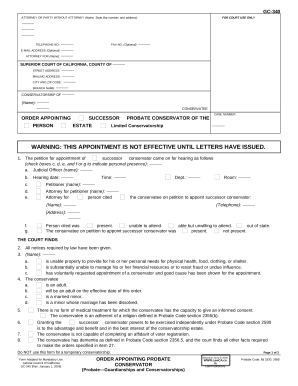
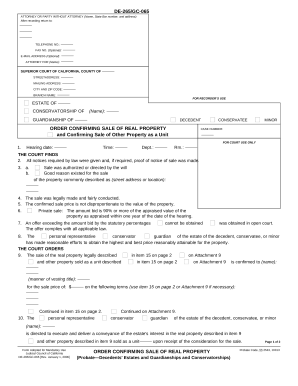
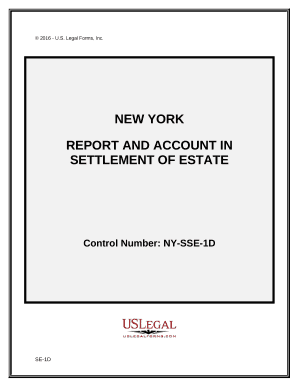
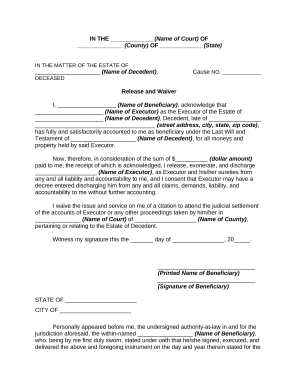
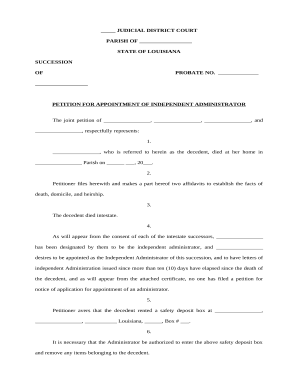


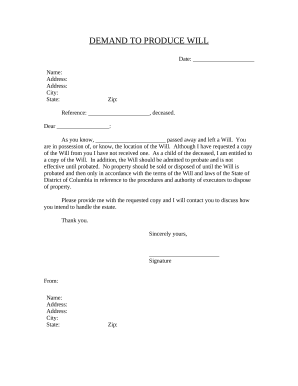
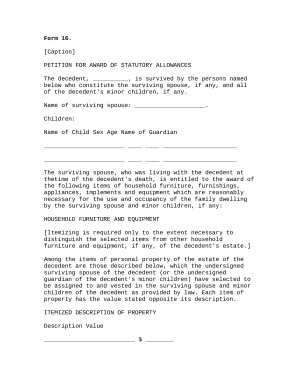

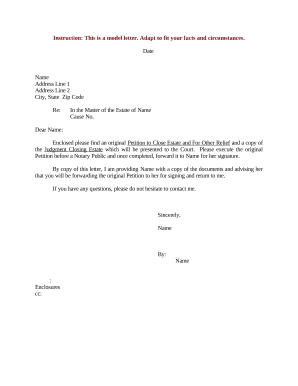

Papers management takes up to half of your business hours. With DocHub, it is possible to reclaim your time and increase your team's productivity. Get Estate Settlement Legal Forms collection and investigate all templates relevant to your day-to-day workflows.
The best way to use Estate Settlement Legal Forms:
Boost your day-to-day document management with the Estate Settlement Legal Forms. Get your free DocHub account right now to explore all templates.